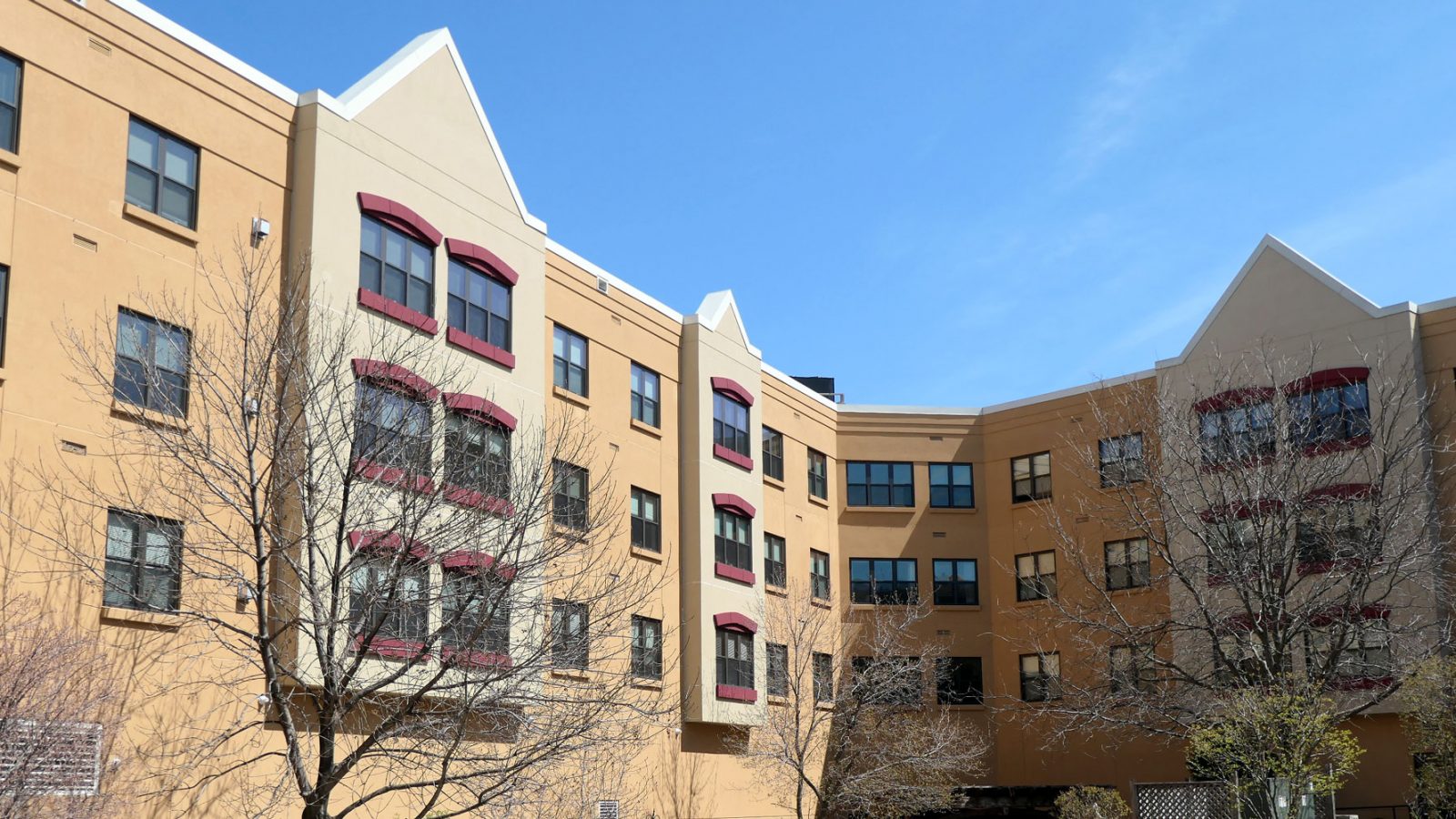Tips For Successful Exterior Insulation & Finish Systems – Part 1 of 4

When you’re considering what type of exterior finish you want to employ on the outside walls of your home or workplace, it makes sense to research thoroughly and get as much information as possible. No matter what exterior finish you decide on, hiring a professional contractor who is licensed and certified with a track record of completing many such jobs will give you a positive outcome and peace of mind.
We believe in giving our customers all the facts to help them make an informed decision. In today’s blog, we talk about what an EIFS is and the reasons some systems fail when they are not installed with knowledge, expertise, and experience.
What are Exterior Insulation Finish Systems (EIFS)?
EIFS are a general class of non-load bearing building cladding systems that provide exterior walls with an insulated, water-resistant, finished surface within an integrated composite material system. EIFS has been in use since the 1960s in North America, first on masonry buildings, but since the 1990s the majority on wood framed buildings.
EIFS is a multi-layer system that consists of six basic components:
- – Substrate. Usually exterior gypsum board, oriented strand board (OSB), or plywood.
– Membrane or rainscreen (in some systems)
– Exterior insulation fastened mechanically or with adhesive.
– Base coat made from proprietary acrylic copolymer dispersions and powder additives.
– Reinforcing glass fiber mesh
– Finish coat made from copolymer dispersions, colorants, and stabilizers. Primer may be applied to the substrate prior to waterproof membrane application, or it may be used on the insulation board before applying the base coat.
Originally designed as a “perfect barrier” system, the initial intent of EIFS was to provide waterproofing protection at the exterior face of the cladding, creating a face-sealed facade that repels moisture to keep the building dry. Over time, however, builders have learned that EIFS, like any barrier system, is not perfect.
All it takes to compromise water-tightness is a small breach in the exterior finish. A tiny crack resulting from expansion activity, failed sealant at a joint, or minor impact damage can allow water to find its way inside a barrier system, resulting in leaks, wet substrate, mold, deterioration of building components, and, eventually, collapse of the weakened cladding.
Common EIFS Failures and How to Prevent Them
Twenty-five years ago, a task force of the American Institute of Architects (AIA) surveyed 200 homes utilizing 12 different EIFS in the Mid-Atlantic area. Of those homes, 94% had experienced water infiltration, and 68% had incorrect or missing sealant joints. After significant legal activity, an EIFS protocol was introduced and a strict set of installation procedures became the standard for Exterior Insulation FInish Systems.
Carefully choosing a reputable, experienced, knowledgeable EIFS installer is one of the most important things you can do to ensure an assembly on your home or office building that works well and gives you years of value.
The main reasons EIFS systems fail include:
Poor workmanship
Applying the wrong type of sealant incorrectly at system joints is one of the main reasons EIFS fail. Shoddy workmanship at this step in the installation of EIFS allows water to infiltrate the system. Sealant improperly applied to the finish coat, rather than to the mesh-reinforced base coat, can lead to the failure of that system component.
Missing flashings on doors and windows, and improperly installed flashings elsewhere, can also allow the infiltration of water. Where the wall and roof intersect, drip-edge flashings need to be installed in order to channel rainwater away from the wall face.
Improper application of the base coat in a thickness that does not comply with manufacturer’s recommendation will not provide sufficient waterproofing protection and may lead to overall cracking.Reinforcing mesh that shows through at joint edges is an indicator of either improperly embedded product or inadequate base coat thickness. “Back wrapping”, which involves pulling the mesh-reinforced base coat around to the back of the insulation board, is key to providing continuous waterproofing protection. Mesh-reinforced base coats should be continuous at recessed features, and window and door corners should not align with insulation board joints.
Selecting a board adhesive that is compatible with both the insulation and the substrate is critical to successful performance of EIFS.
Damp and cold climates
A humid climate with limited drying potential can decimate some EIFS, especially when the wetting rate exceeds the rate of drying. How much moisture the assembly must deal with depends on climate, siting of the structure, and the architecture of the building. Height, overhangs, exposure, and facade details all affect the path of rainfall, channeling more or less moisture toward the cladding.
Cold climates may also lead to premature failure, particularly when EIFS coatings are applied at temperatures below the manufacturer’s design range.
Incidental moisture that can accumulate behind the insulation board in damp climates can be mitigated by installing drainage over a waterproofing barrier. Often these channels are formed by applying adhesive in longitudinal strips or by using insulation boards with vertical grooves. The effect is similar to that of a cavity wall, where the space behind the exterior facing drains or dries any moisture that manages to penetrate the cladding.
Impact damage
EIFS consists of a thin coating over a soft substrate, so it is easily damaged by impact—resulting in holes, dents, or scrapes that lead to water infiltration. Impact damage that is not repaired promptly provides a pathway for leaks. We use 12–20 ounce mesh rather than standard 4.5 ounce mess on areas that need greater impact protection. We also use heavier mesh on outside corners and to guard against excess wear and damage.
Building movement
Expansion joints at changes in building height are critical to the well-installed EIFS, especially at areas of anticipated building movement and floor lines, and particularly for wood frame construction. Wood construction can experience cross-grain shrinking, resulting in possible building movement and resulting damage. An expansion joint created over the underlying joint in an EIFS insulation can help address this issue.
Substrate issues
A quality EIFS installation pays particularly close attention to the areas where there are expansion joints in the substrate or supporting construction. Vertical joints should be staggered with boards tightly abutted. Gaps between boards that are filled with base coat or adhesive can crack; instead, thin slivers of insulation should be wedged in the cracks.
Next month, we’ll take a look at more information you need to make a decision about whether EIFS assemblies are right for you.
